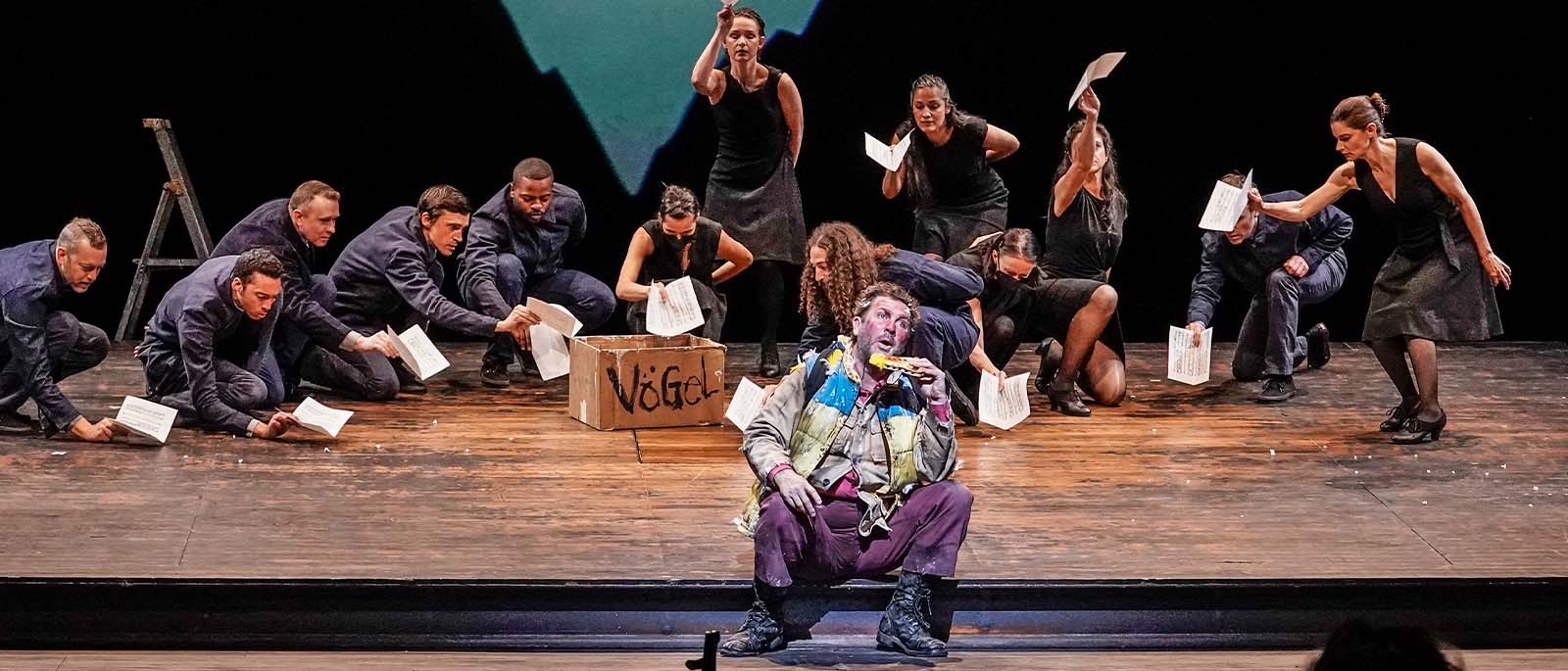
Wolfgang Amadeus Mozart
Die Zauberflöte
Upcoming Performances
Overview
Simon McBurney’s uproarious full-length German-language production of Mozart’s beloved fable—with its ingenious theatrical concoction of projections, puppetry, and special effects—returns to the Met stage following its celebrated 2023 premiere. Tenor Ben Bliss and soprano Golda Schultz are the noble lovers Tamino and Pamina, and baritone Thomas Oliemans repeats his animated portrayal of the outlandish bird catcher Papageno. Soprano Kathryn Lewek reprises her hair-raising turn as the Queen of the Night, Stephen Milling is the priest Sarastro, and Evan Rogister conducts.
Production a gift of the Berry Charitable Foundation
Original co-production of Dutch National Opera, Amsterdam; English National Opera, London; and Festival d’Aix-en-Provence
In collaboration with Complicité
Languages
Languages sung in Die Zauberflöte
Sung In
German
Titles
Title languages displayed for Die Zauberflöte
Met Titles In
- English
- German
- Spanish
Timeline
Timeline for the show, Die Zauberflöte
Estimated Run Time
3 hrs 15 mins
-
House Opens
-
Act I
70 mins
-
Intermission
35 mins
-
Act II
90 mins
-
Opera Ends
Cast
Select a date from the dropdown to filter cast by date of performance
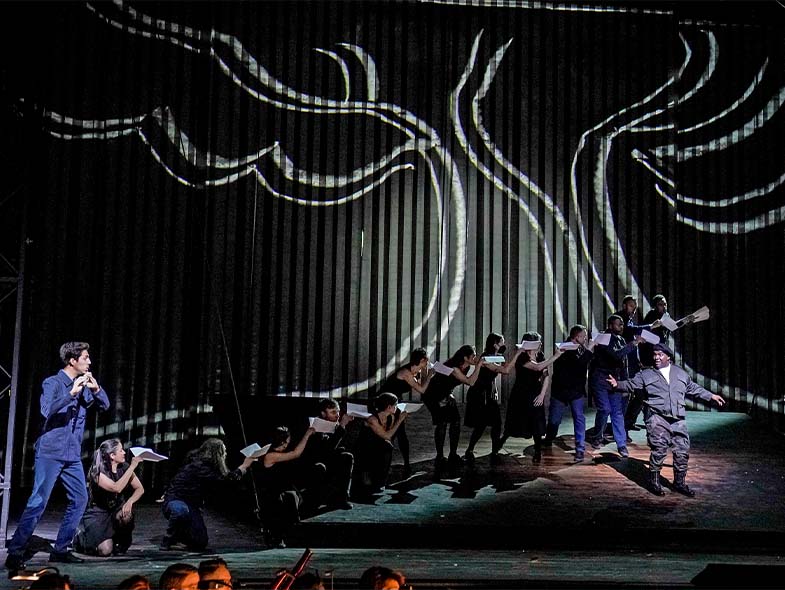
Premiere: Freihaus-Theater auf der Wieden, Vienna, 1791. Die Zauberflöte—a sublime fairy tale that moves freely between earthy comedy and noble mysticism—was written for a theater located just outside Vienna with the clear intention of appealing to audiences from all walks of life. The story is told in a singspiel (“song-play”) format characterized by separate musical numbers connected by dialogue and stage activity, an excellent structure for navigating the diverse moods, ranging from solemn to lighthearted, of the story and score. The composer and the librettist were both Freemasons—the fraternal order whose membership is held together by shared moral and metaphysical ideals—and Masonic imagery is used throughout the work. The story, however, is as universal as any fairy tale.
Creators
Wolfgang Amadeus Mozart (1756–91) was the son of a Salzburg court musician who exhibited him as a musical prodigy throughout Europe. His achievements in opera, in terms of beauty, vocal challenge, and dramatic insight, remain unsurpassed. He died three months after the premiere of Die Zauberflöte, his last produced work for the stage. The remarkable Emanuel Schikaneder (1751–1812) was an actor, singer, theater manager, a friend of Mozart who wrote the opera’s libretto, staged the work, and sang the role of Papageno in the initial run.
Production and Choreography
Simon McBurney
Set Designer
Michael Levine
Costume Designer
Nicky Gillibrand
Lighting Designer
Jean Kalman
Projection Designer
Finn Ross
Sound Designer
Gareth Fry
Associate Director
Rachael Hewer
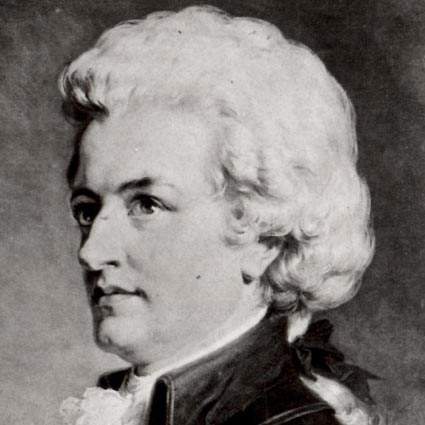
Composer
Wolfgang Amadeus Mozart
Setting
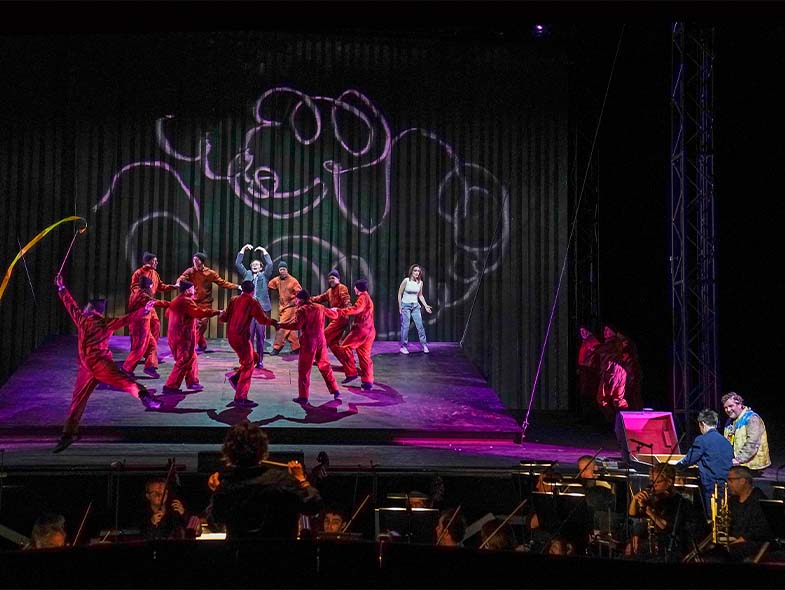
The libretto specifies Egypt as the location of the action. Egypt was traditionally regarded as the legendary birthplace of the Masonic fraternity, whose symbols and rituals populate this opera. Some productions include Egyptian motifs as an exotic nod to this idea, but many more opt for a more generalized mythic ambience to convey the otherworldliness that the score and overall tone of the work call for.
Videos
Music
Die Zauberflöte was written with an eye toward a popular audience, but the varied tone of the work requires singers who can specialize in several different musical genres. The comic and earthy are represented by the baritone, Papageno, while true love in its noblest forms is conveyed by the tenor, Tamino, and the soprano, Pamina. The bass, Sarastro, expresses the solemn and the transcendental. The use of the chorus is spare but hauntingly beautiful, and fireworks are provided by the coloratura Queen of the Night
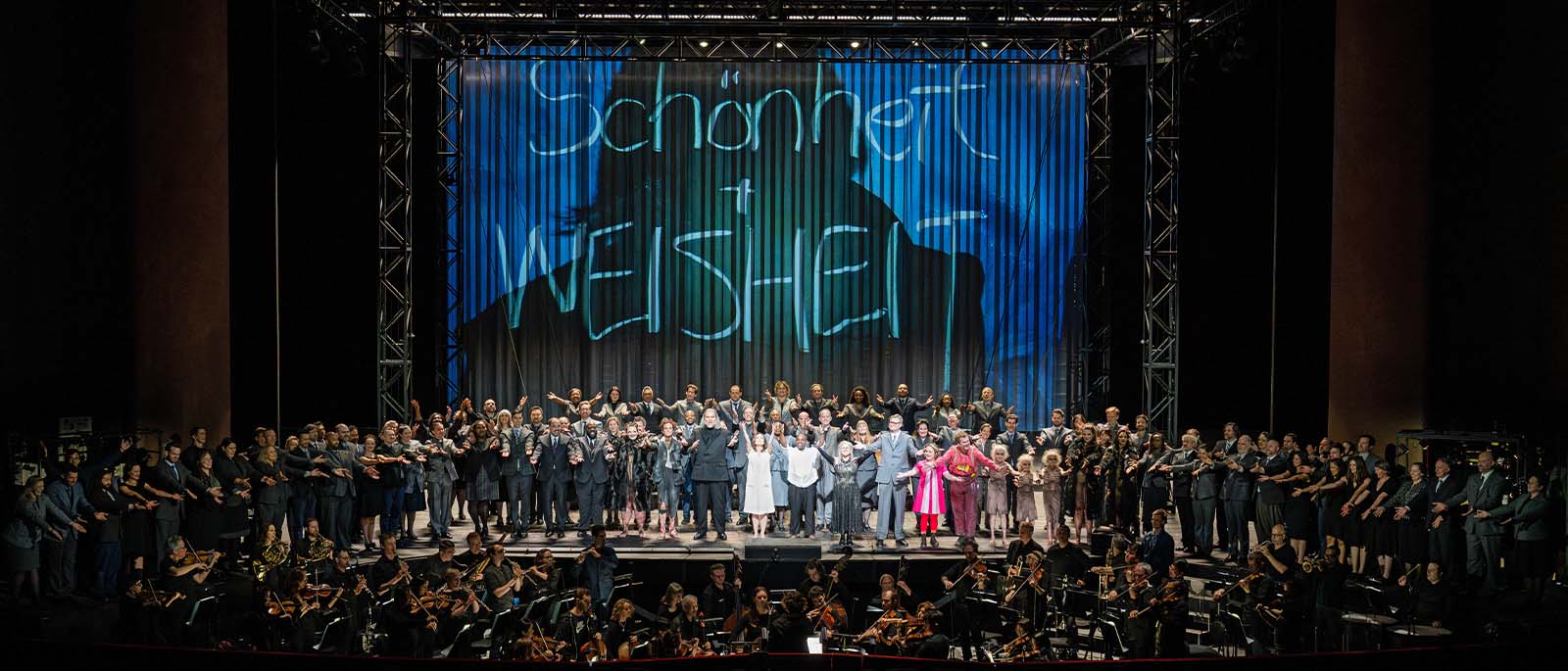
Share This Page
Social Share
Copied